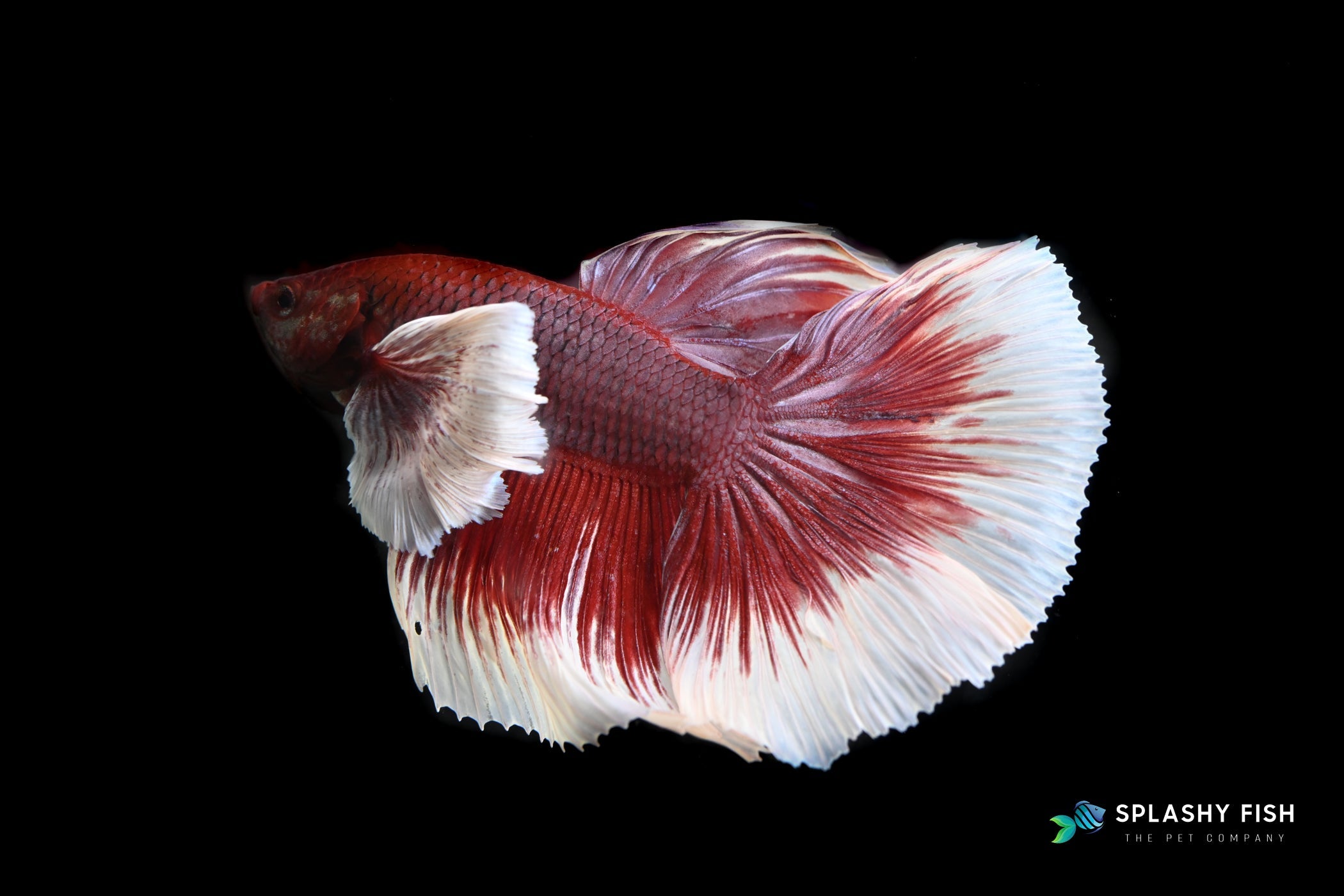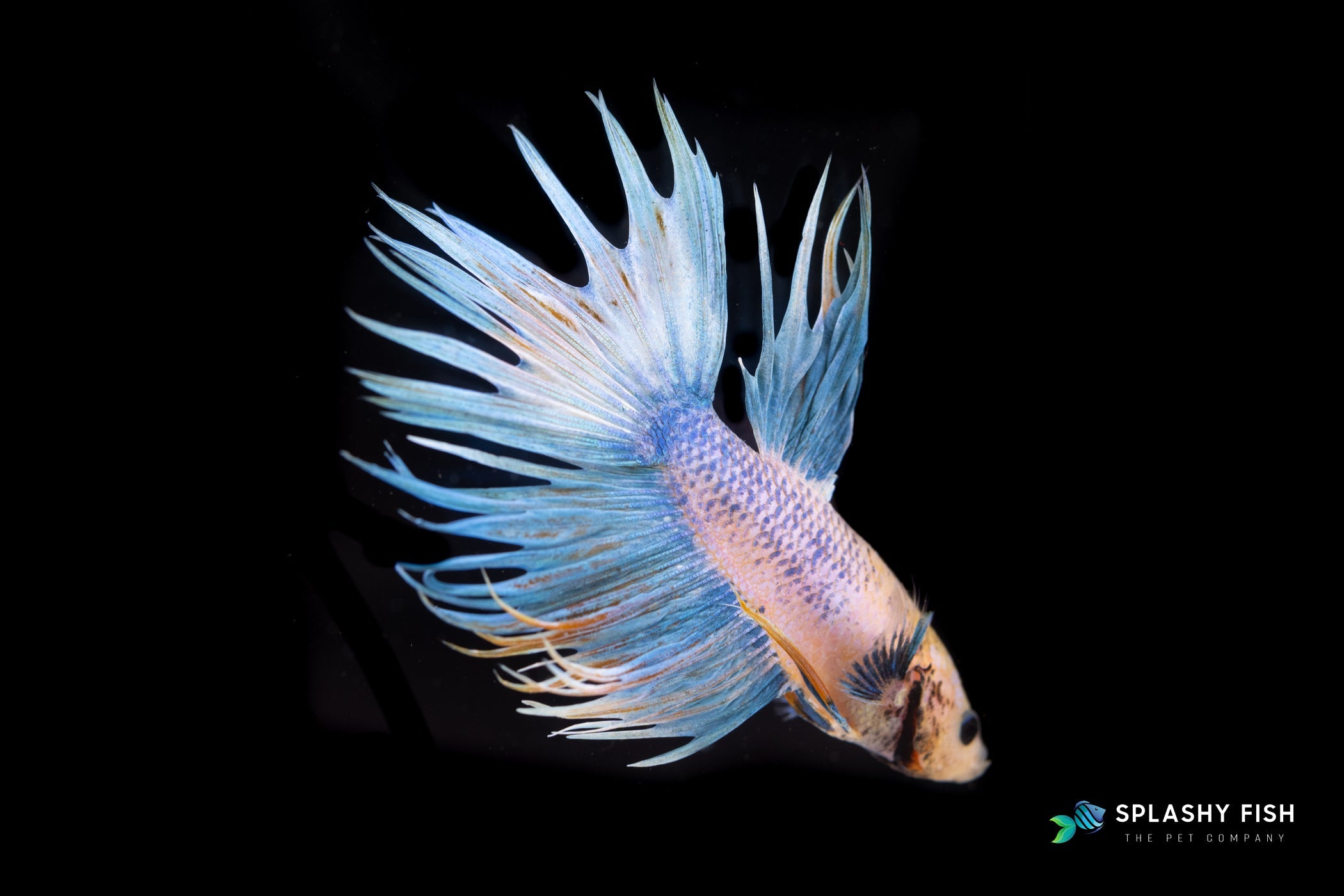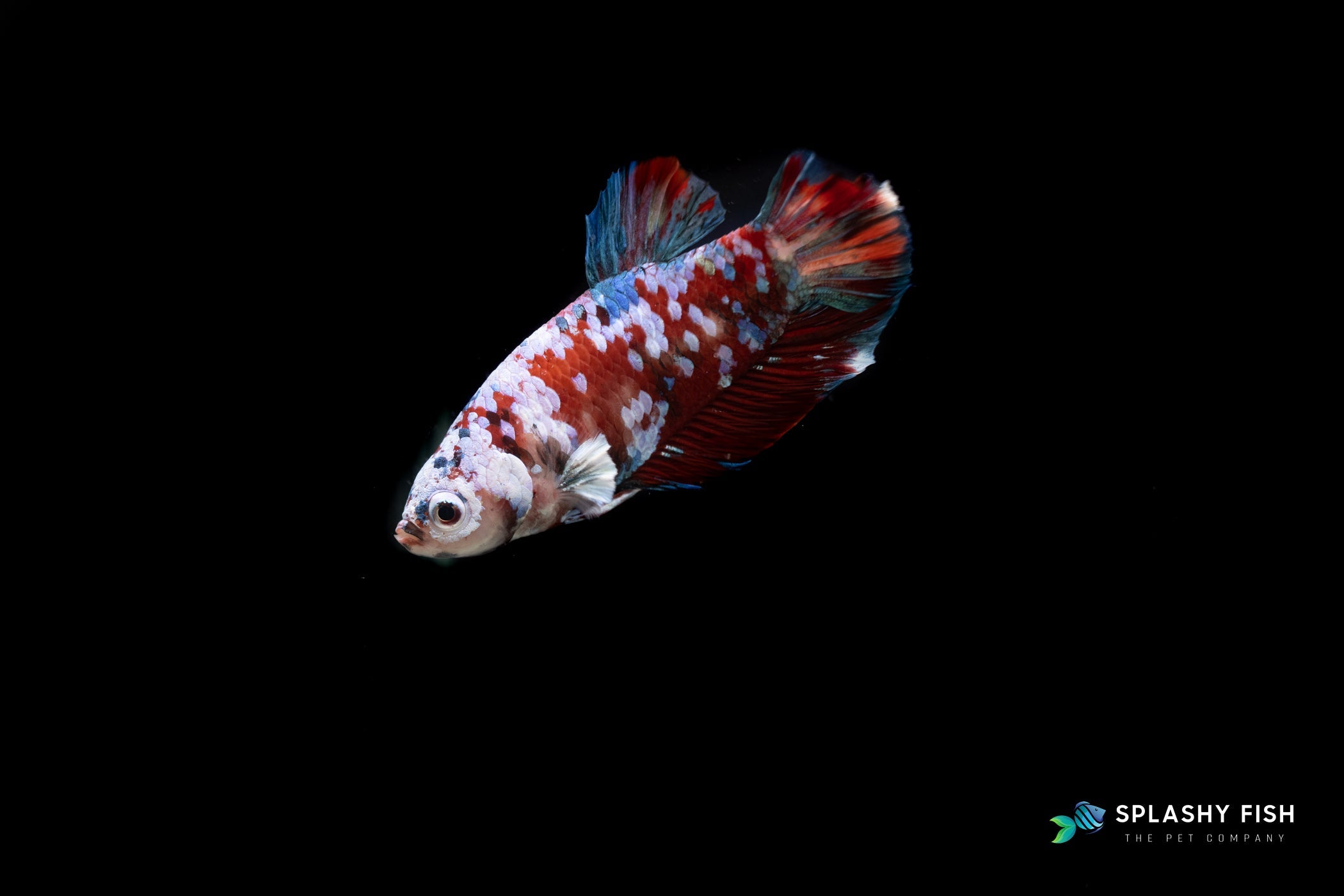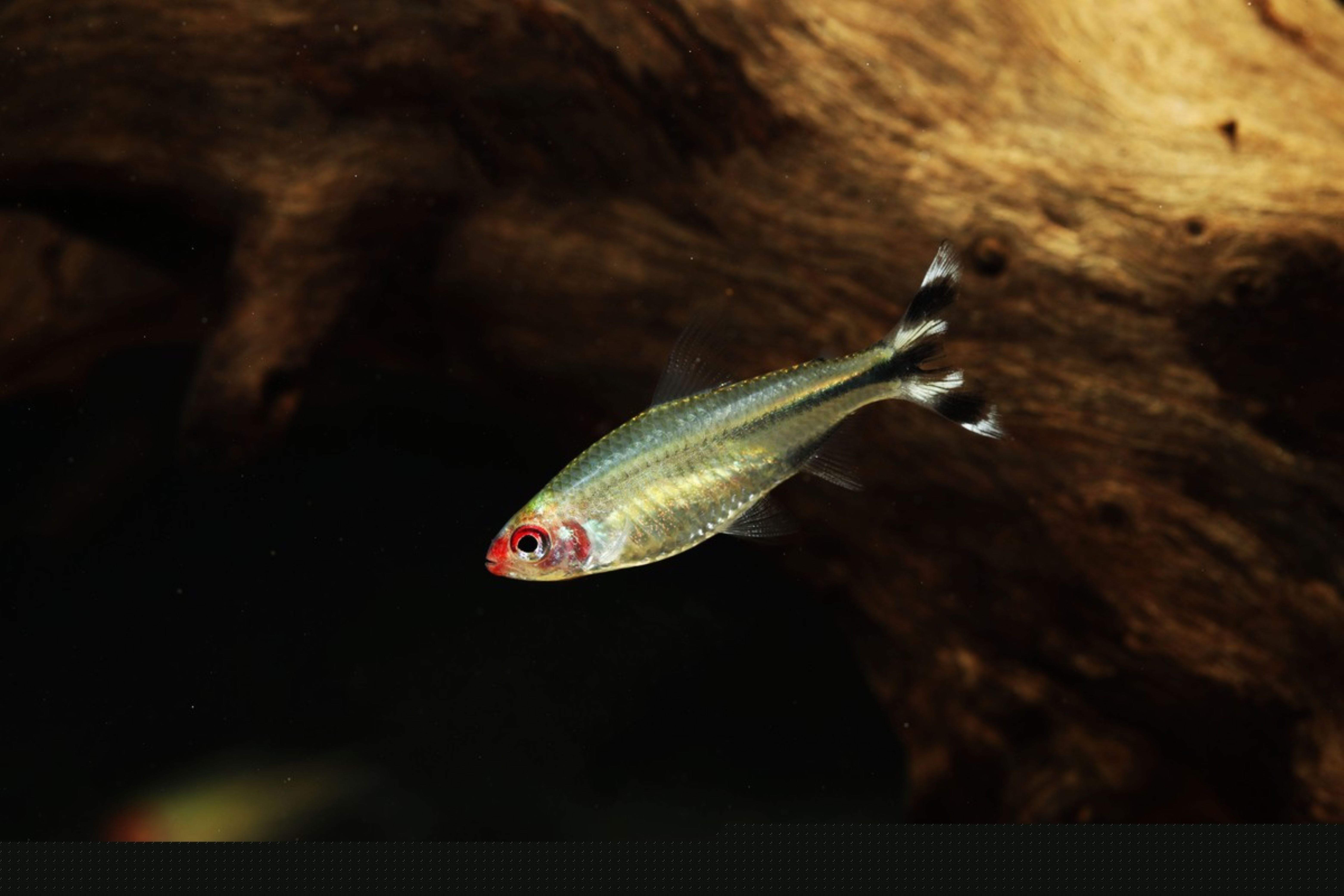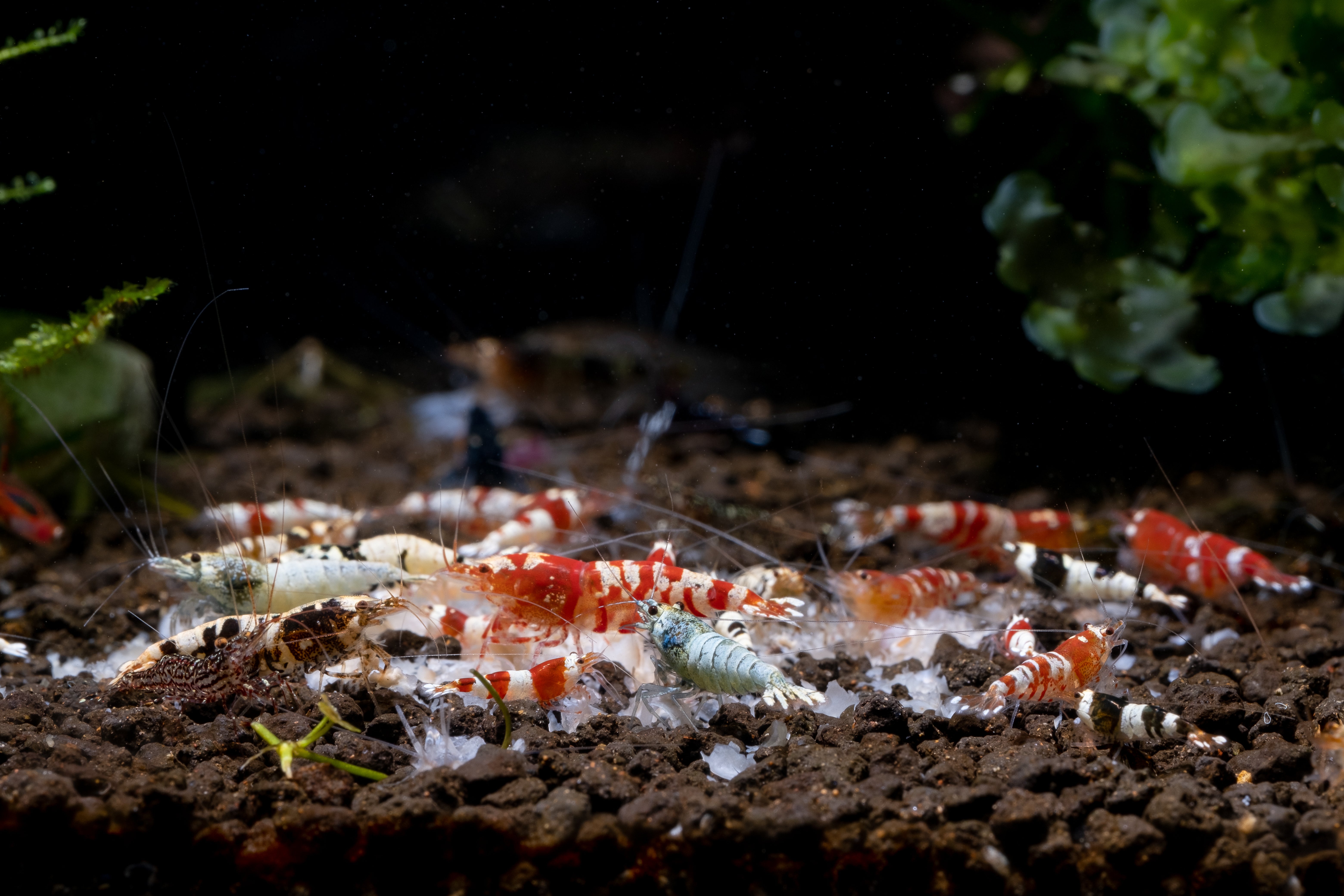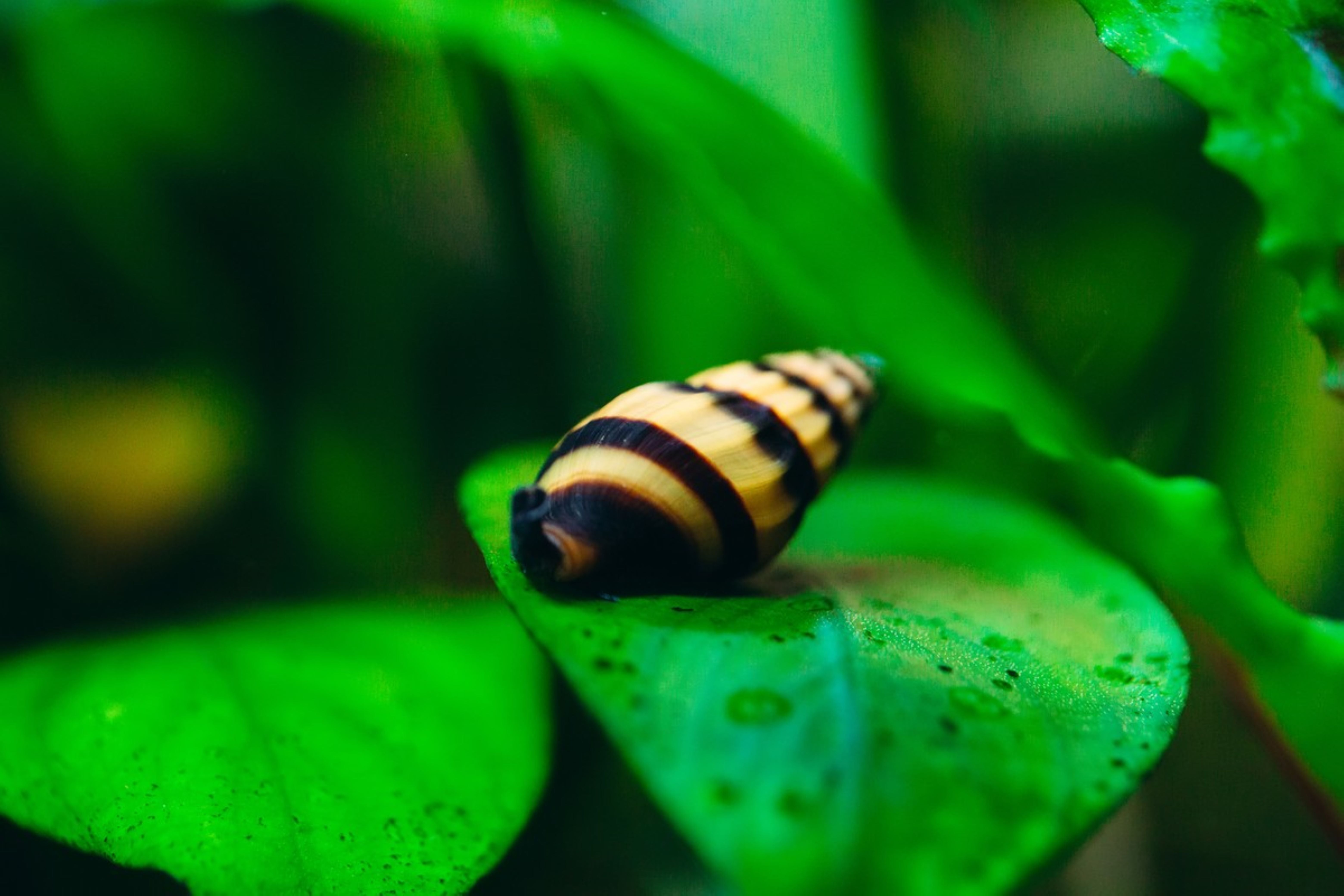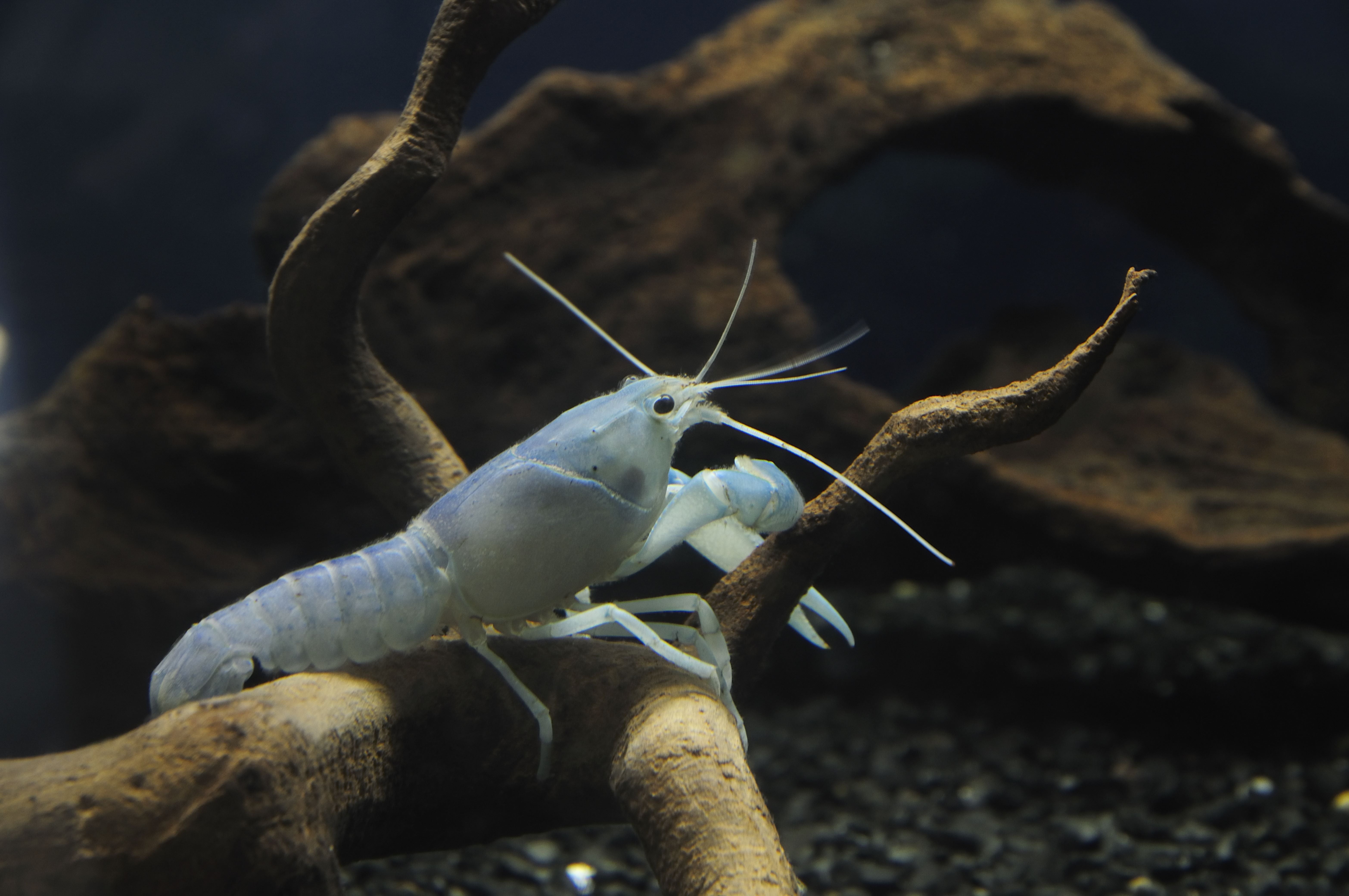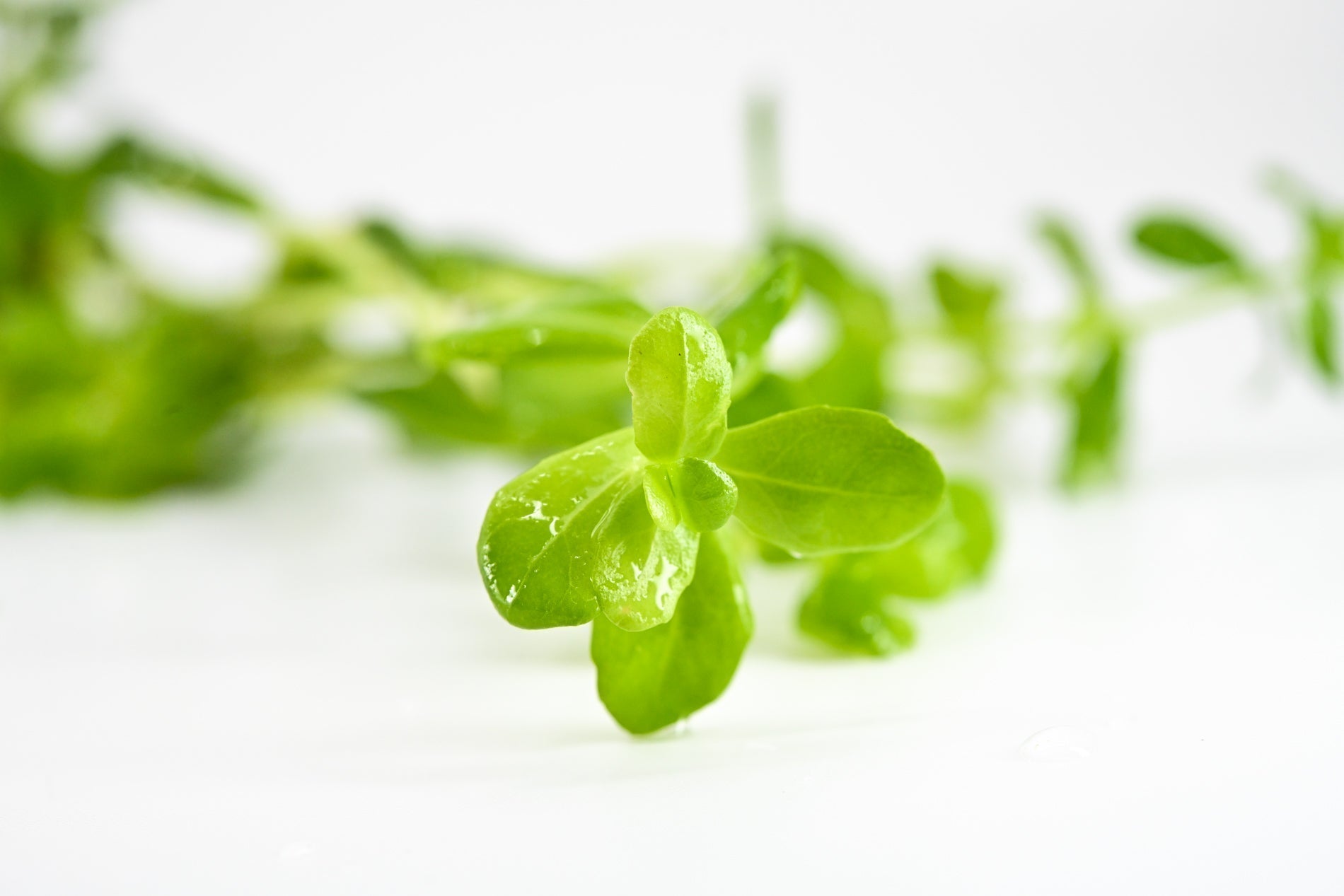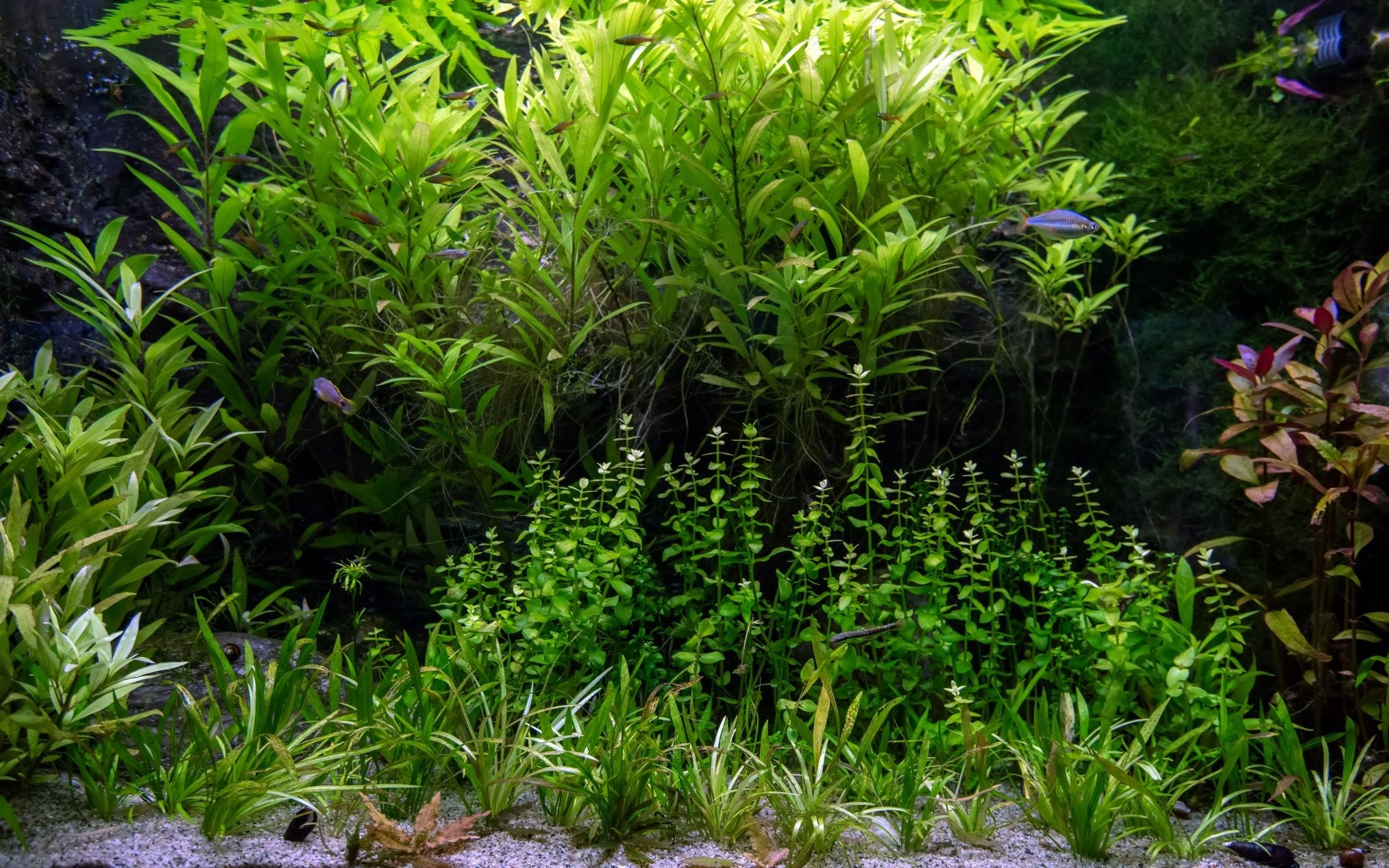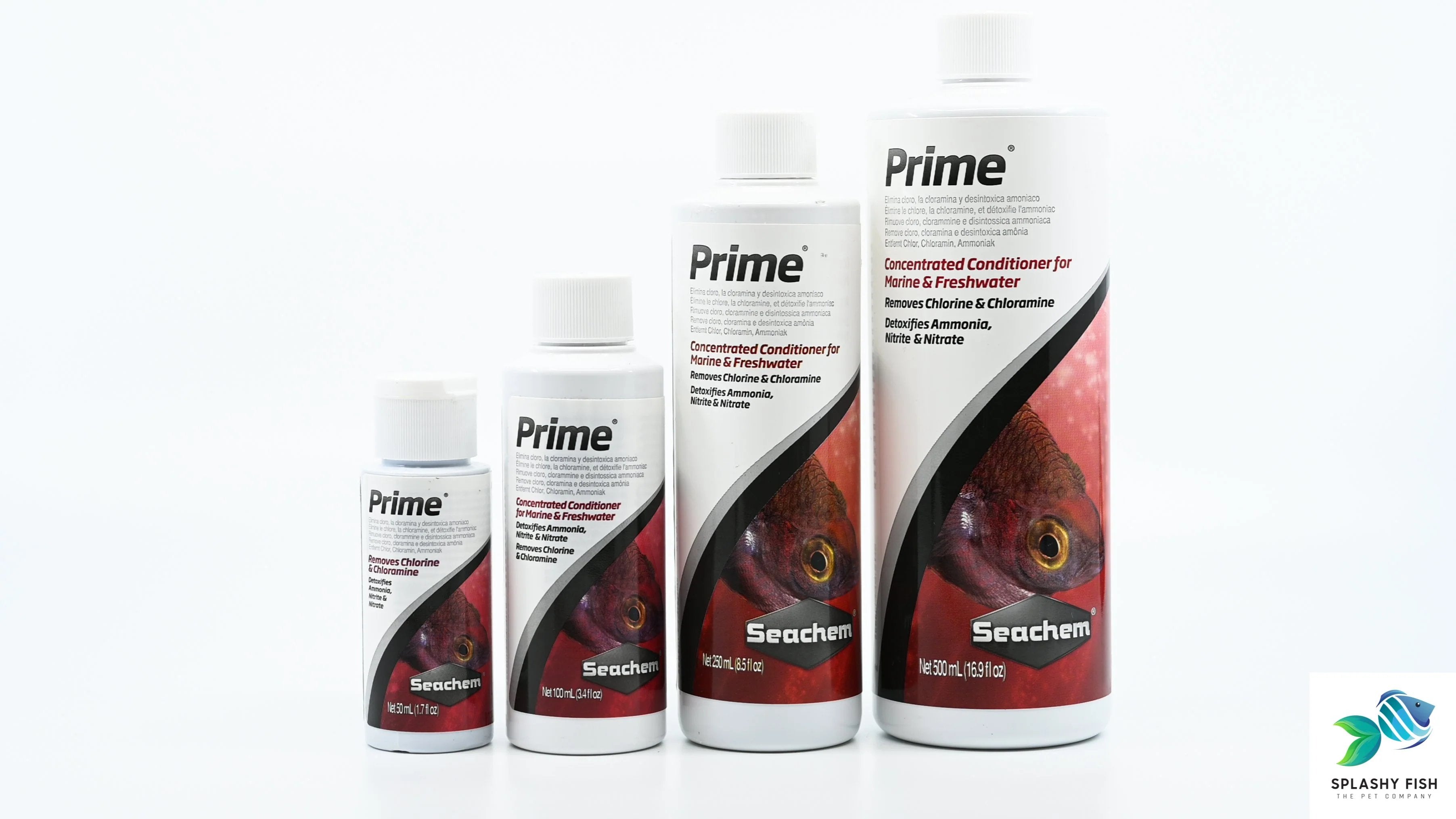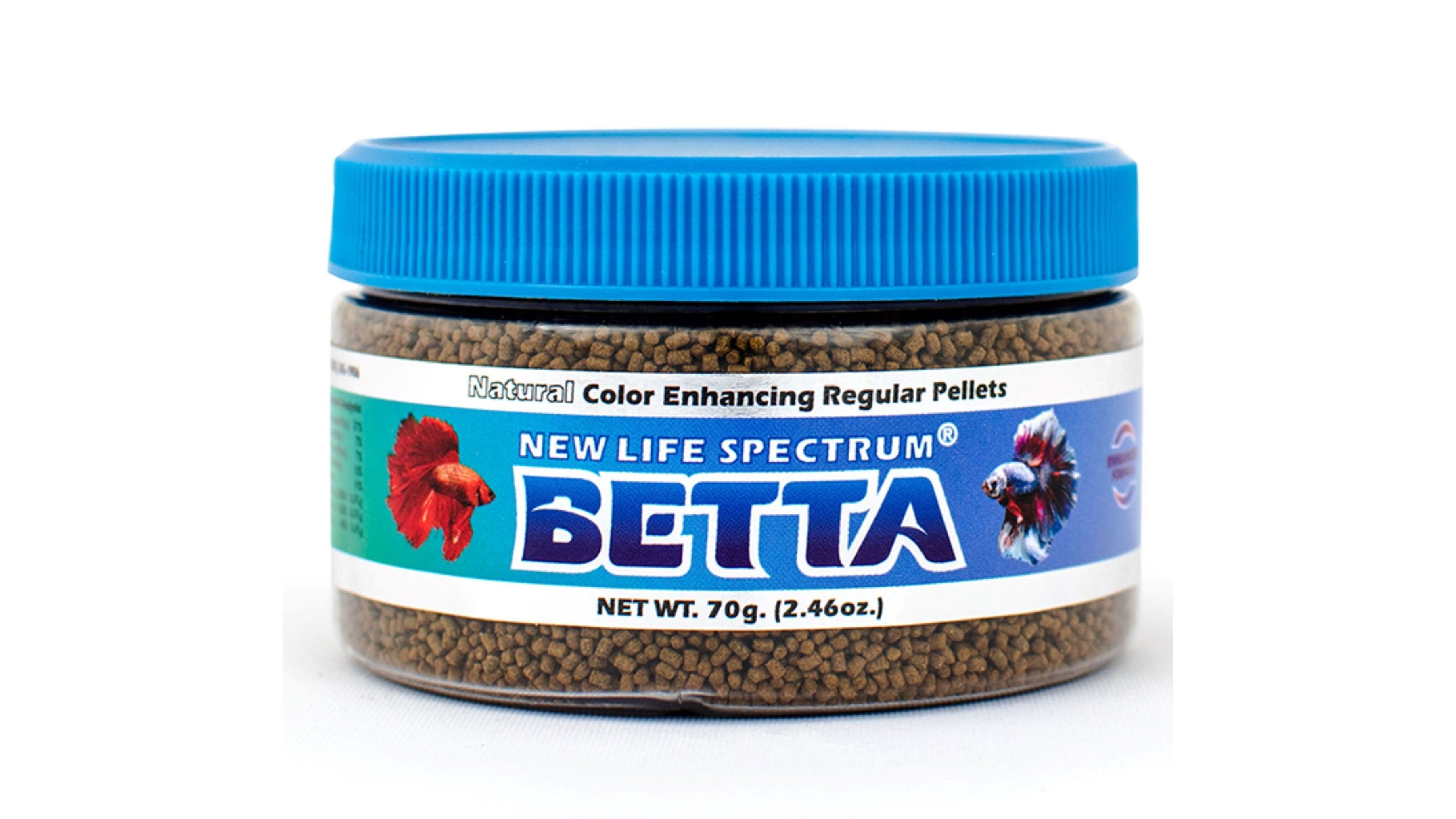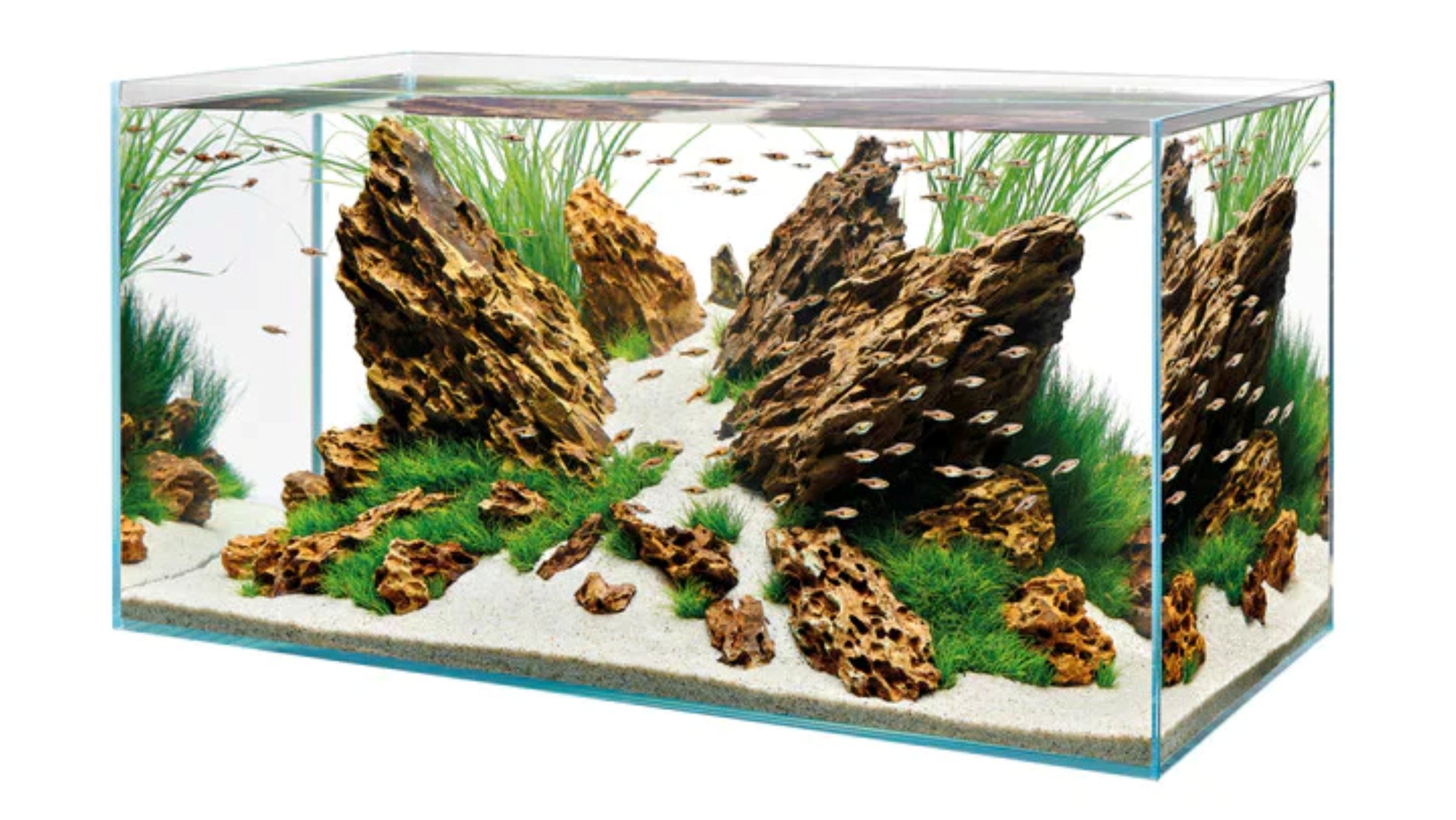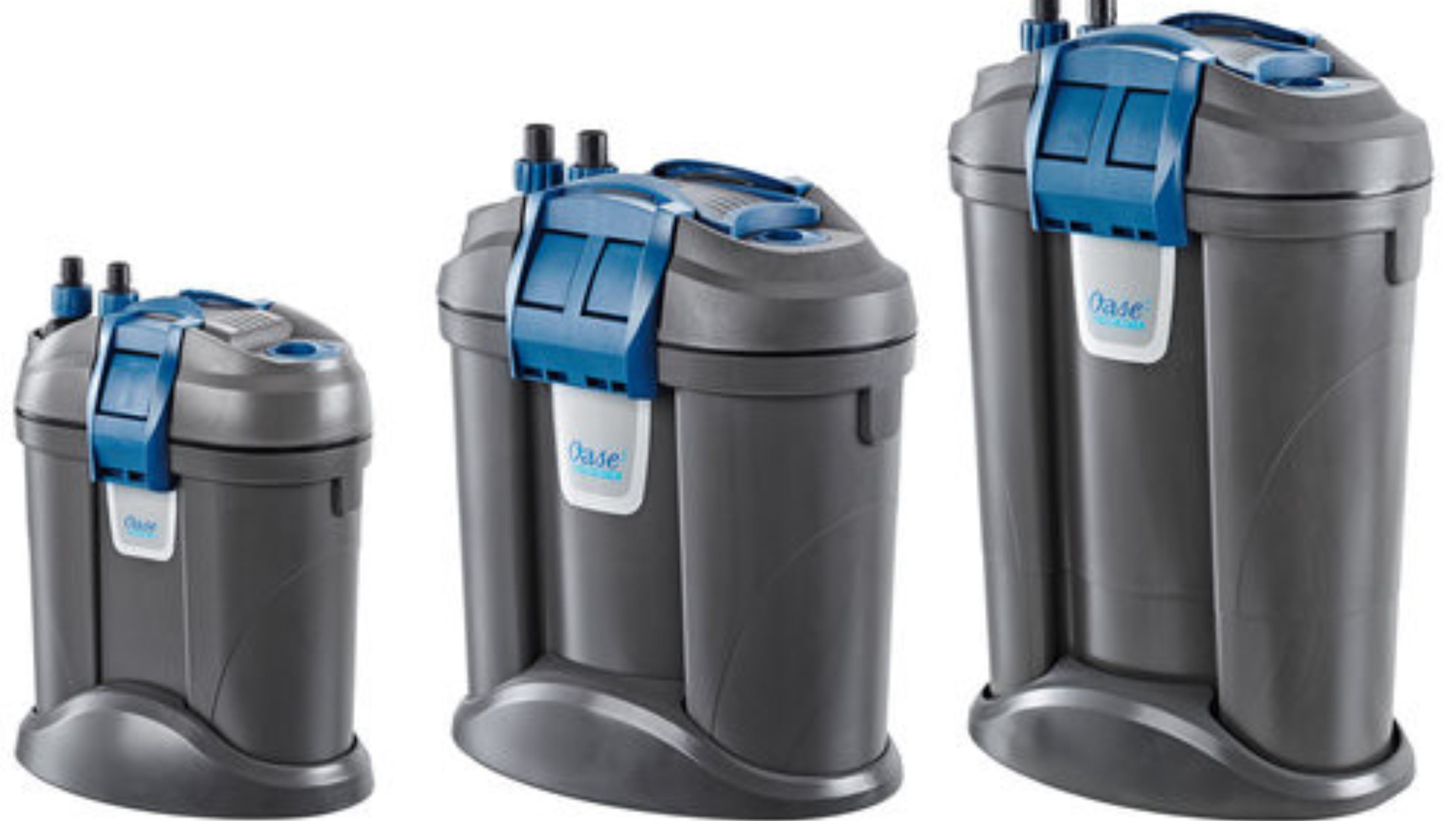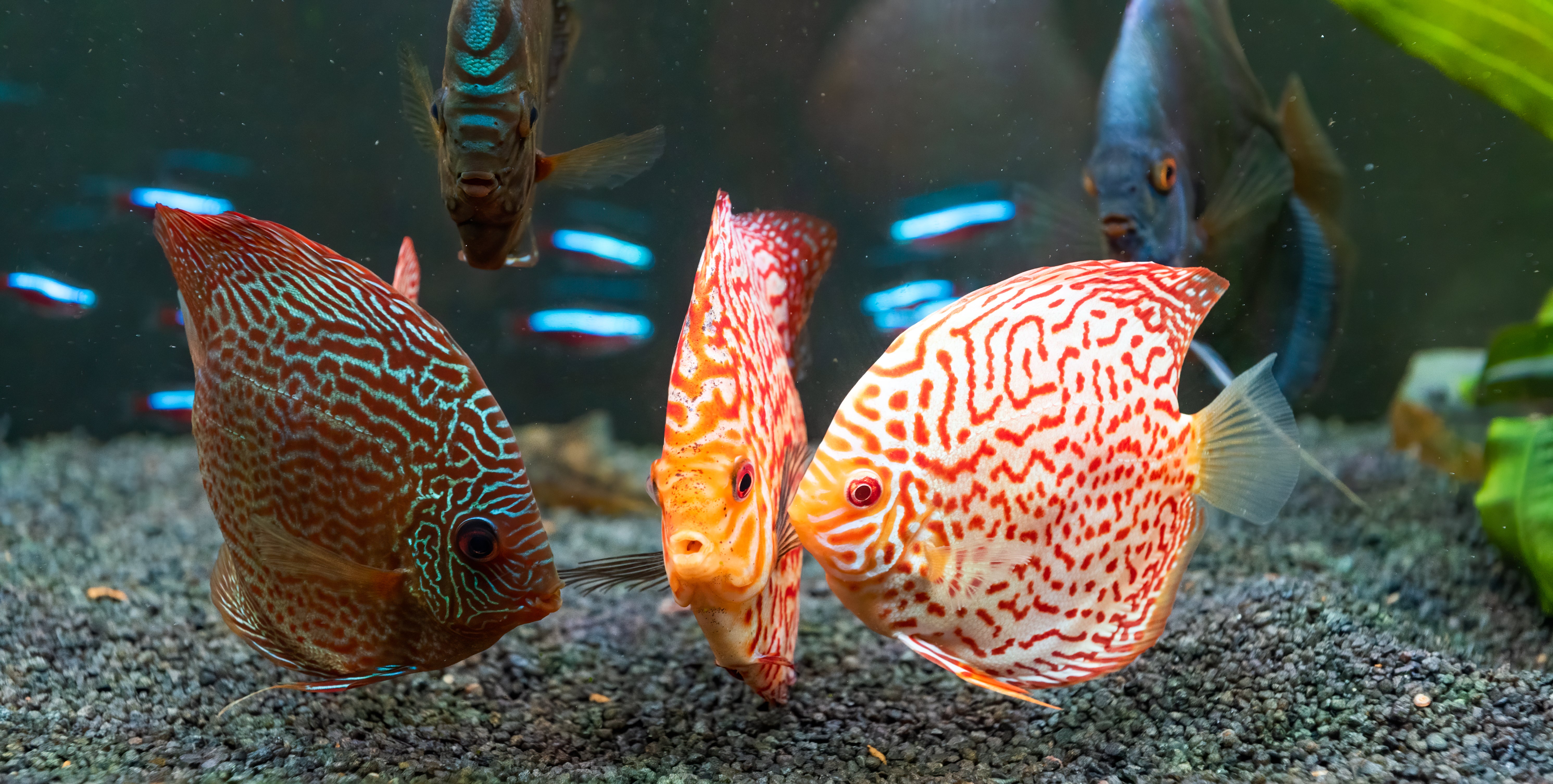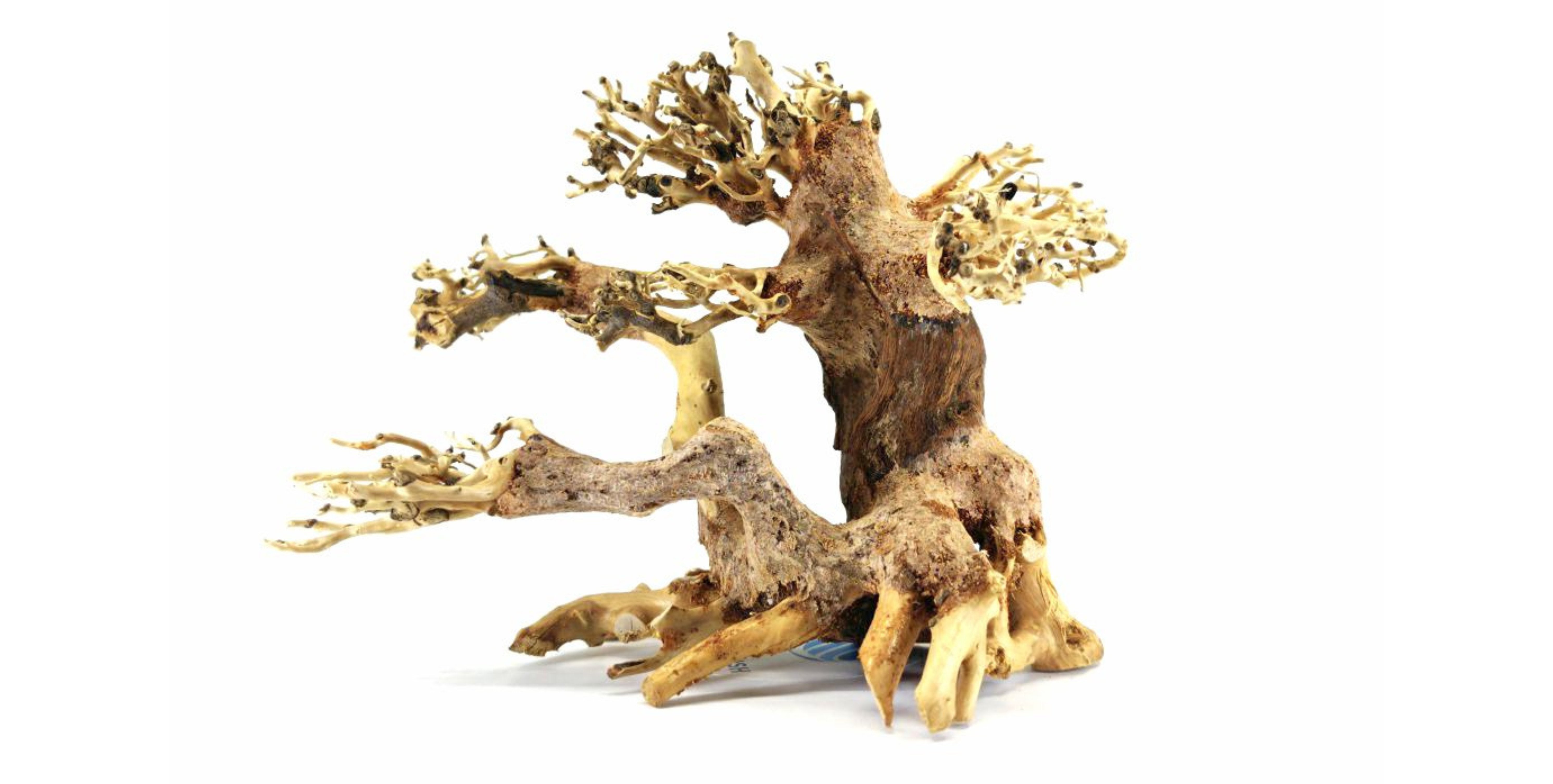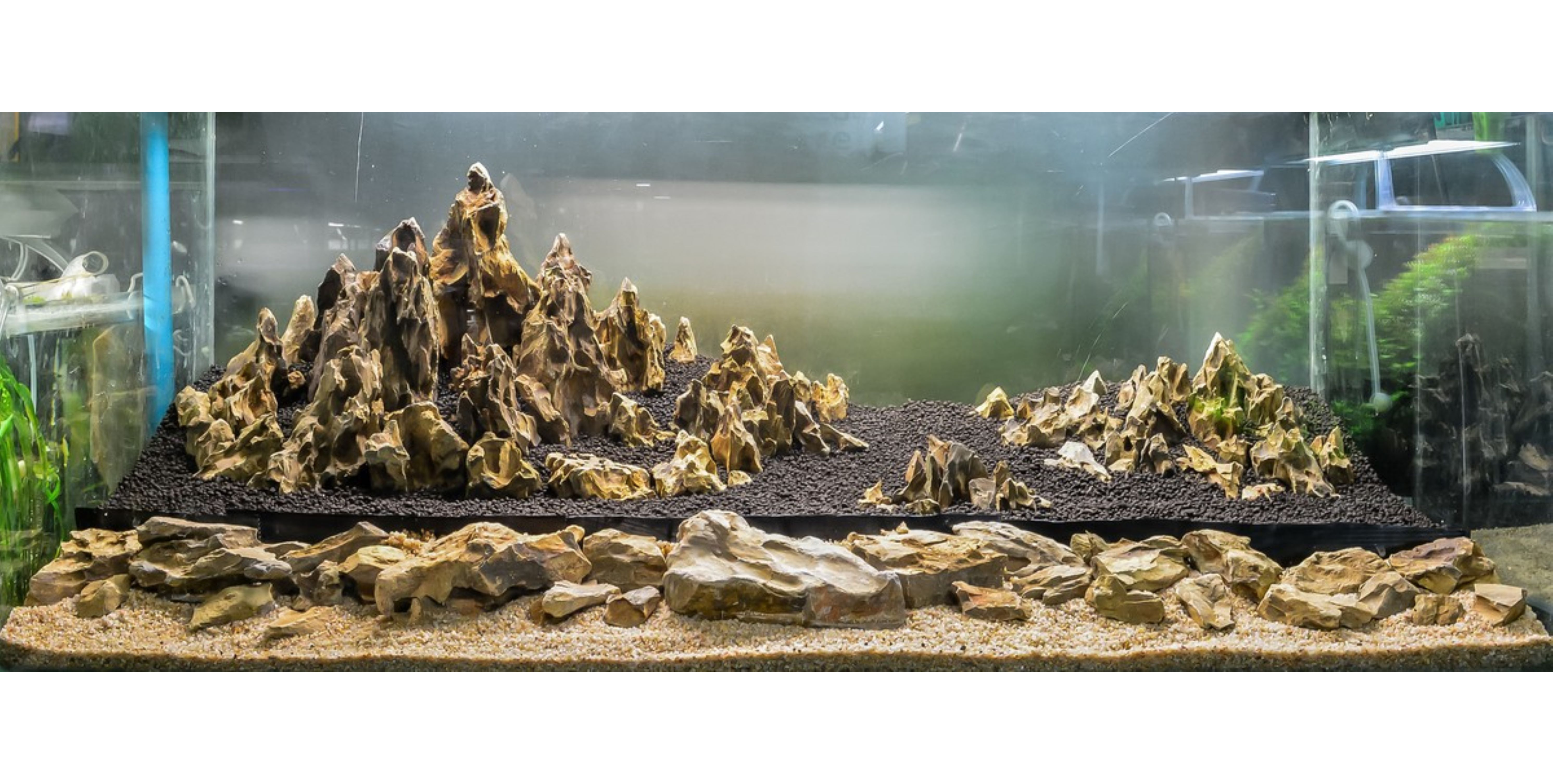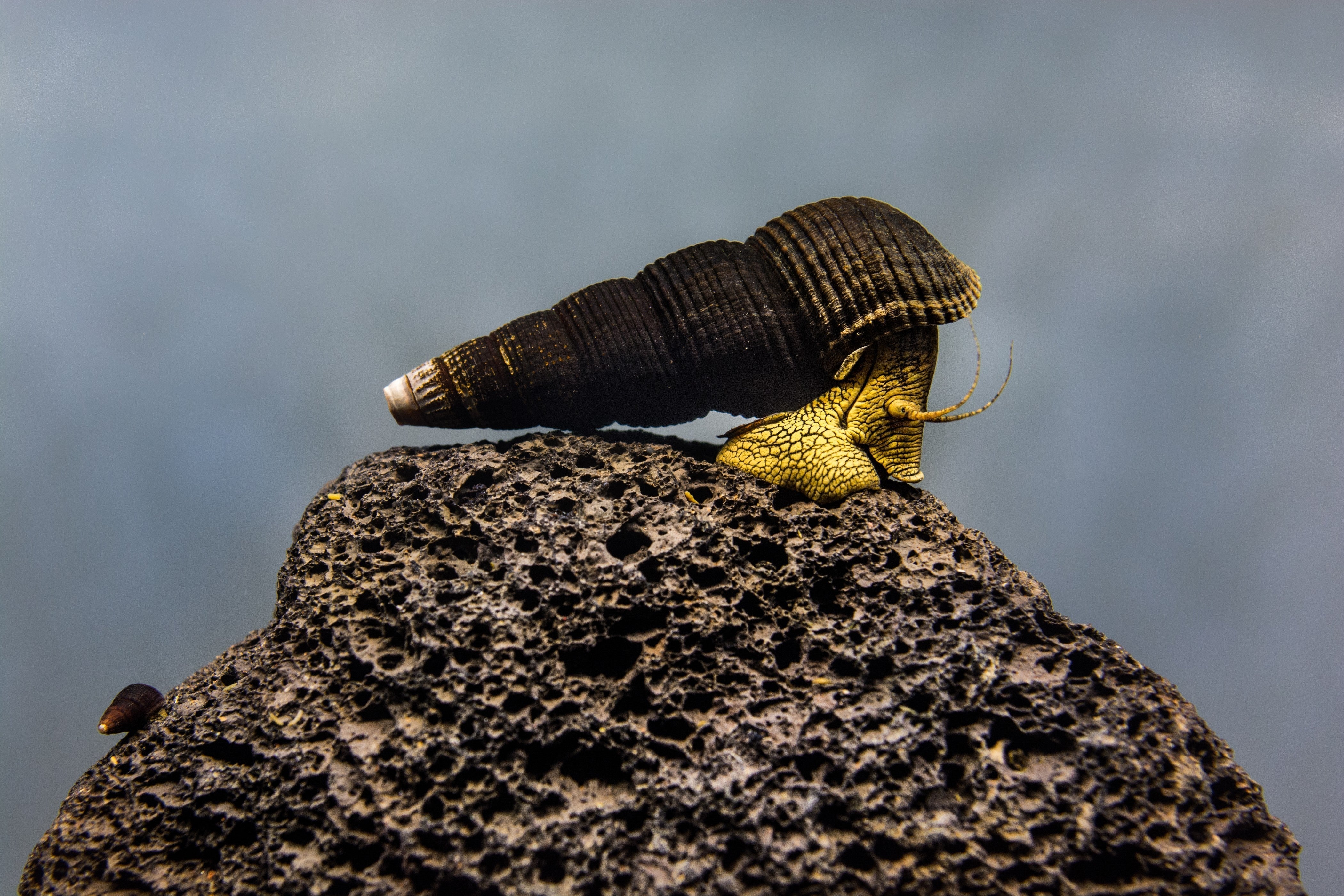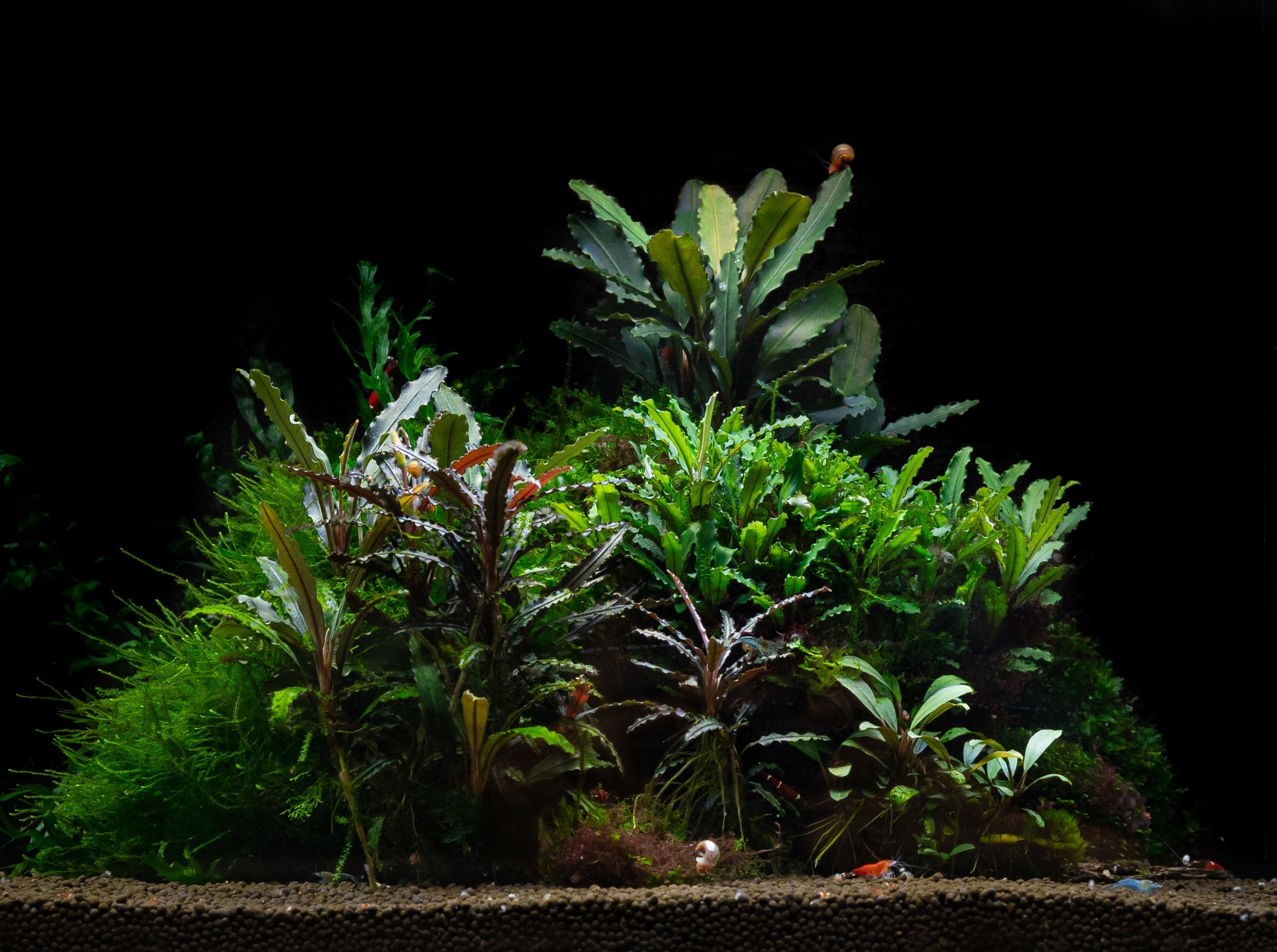Table of Contents
Welcome to the fascinating world of Rabbit Snails! If you're looking to elevate your aquarium game, you've come to the right place. These unique and charming creatures, with their whimsical shells and gentle demeanor, can add both beauty and intrigue to your aquatic environment. However, nurturing these snails requires knowledge and attention to detail. In this ultimate guide, we’ll dive deep into Rabbit Snail care, unraveling essential tips and tricks to ensure your aquatic companions thrive. From optimal tank conditions to the best feeding practices, we’ll equip you with all the information you need to create a vibrant habitat where your Rabbit Snails can flourish. Whether you’re a seasoned aquarist or a novice getting started, this guide will help you embark on a rewarding journey, turning your aquarium into a captivating underwater paradise. Let’s explore the essential aspects of caring for these delightful snails!
Natural Habitat and Behavior of Rabbit Snail
Natural Habitat
Rabbit snails or Sulawesi snails originate from the freshwater lakes of Sulawesi, Indonesia, specifically Lake Matano and Lake Poso. These ancient lakes are renowned for their high biodiversity and mineral-rich water, which is slightly alkaline and consistently warm. In the wild, rabbit snails are found in muddy or sandy substrates where they slowly glide through the sediment in search of decaying aquatic plant material and algae. These stable ecosystems provide the clean, low-nutrient, and calcium-rich environment rabbit snails need to thrive - conditions that aquarists must aim to replicate in captivity.
Behavior
Unlike other freshwater snails that zip across aquarium glass or reproduce uncontrollably, rabbit snails move at a relaxed pace and reproduce slowly, making them ideal for display tanks. Their elongated bodies and “trunk-like” facial structure give them a whimsical look, while their long antennae add to their curious appearance. Rabbit snails spend their time foraging on the tank bottom, climbing driftwood or decorations, and occasionally burrowing into soft substrate. They're peaceful and solitary, but they coexist well with non-aggressive tank mates.
What Does A Rabbit Snail Look Like?
Rabbit snails are truly a sight to behold in the aquarium world. They have a long, conical shell that can grow up to 5 inches in length, with most individuals in home aquariums reaching around 3 inches. Their soft bodies are large, colorful, and often extend far out of their shells, making them more active and engaging than many other snail species.
Their most defining features include their long, slender face resembling an elephant's trunk, and their large, rabbit-like antennae, hence the names elephant snail and bunny snail. Their vivid colors - ranging from deep chocolate to electric yellow - make them stand out in any aquascape, especially when contrasted against green aquatic plants or dark substrates.

Popular Rabbit Snai Types
Rabbit snails come in several stunning varieties, each with unique coloration and shell patterns. These are the most popular rabbit snail types:
- Golden Rabbit Snail: Known for its bright yellow body and dark brown shell. This variety is eye-catching and contrasts beautifully in planted tanks.
- Chocolate Rabbit Snail: Features a deep brown body and shell. Its natural tones blend well with earthy aquascapes.
- Orange Rabbit Snail: This vibrant variety has a vivid orange body and sometimes a matching orange-tinged shell.
- Yellow Rabbit Snail: Slightly paler than the golden variety, offering a softer and more subtle appearance.
- Blue Rabbit Snail: One of the rarest types, with a unique bluish-grey body and darker shell. Highly prized by collectors.
-
Baby Rabbit Snail / Bunny Snail: These are juvenile rabbit snails, often only a few millimeters long. They share the same traits as adults but are even more adorable due to their small size.
Each of these types can add color and charm to your tank while providing the same peaceful, low-maintenance personality.
Setting Up the Perfect Tank for Your Rabbit Snail
Tank Size
Rabbit snails are larger than most aquarium snails and require more space to explore. A single rabbit snail should have at least a 10-gallon tank, but for a group of 2–3 snails, a 20–30 gallon setup is ideal. Their slow, grazing movement means they benefit from horizontal space more than vertical height.
Water Parameters
Consistent and stable water parameters are essential for successful rabbit snail care. Aim for the following conditions:
- pH: 7.5–8.5
- GH: 8–15 dGH (provides calcium for shell health)
- KH: 4–10 dKH
- Ammonia/Nitrite: 0 ppm
- Nitrate: < 20 ppm
Hard water is especially important to prevent shell erosion. Consider adding crushed coral or a cuttlebone to maintain calcium levels.
Temperature Requirements
As tropical species, rabbit snails thrive in warm water. Keep the tank between 76–82°F (24.5–28°C). A heater and reliable thermometer are recommended to avoid fluctuations, which can stress the snails and suppress feeding or breeding.
Filter
Rabbit snails prefer a low to moderate flow. A sponge filter or canister filter with pre-filter foam works best, ensuring clean water while avoiding the risk of sucking up baby rabbit snails.
Lighting
These snails aren’t particularly sensitive to lighting, so choose based on your plants and aesthetic. Moderate lighting works well, especially in planted aquariums.
Substrate
Soft sand or fine gravel is the best choice, allowing rabbit snails to burrow without scratching their shells. Sharp or rough substrates can cause shell damage over time.
What to Feed Rabbit Snail?
Rabbit snails are omnivores that need a varied diet to stay healthy and active. While they graze on algae and biofilm, supplemental feeding is necessary, especially in clean tanks or those without much natural food.
Primary diet options include:
- Algae wafers
- Sinking shrimp pellets
- Blanched vegetables (zucchini, spinach, green beans)
- Calcium-rich foods (Repashy Soilent Green, cuttlebone)
Feeding every 1–2 days is sufficient. Remove uneaten food after 24 hours to prevent water quality issues. A well-fed rabbit snail will display vibrant color and strong, healthy shell growth.
Rabbit Snail Breeding
Rabbit snail breeding is both easy and manageable. Unlike many snails that lay dozens of eggs, rabbit snails reproduce slowly. They are livebearers, meaning they incubate fertilized eggs internally and give birth to one baby snail at a time.
The gestation period is about 4–6 weeks, after which a fully-formed baby rabbit snail is born with a miniature shell. You’ll usually find the baby crawling near the parent or buried lightly in the substrate. No special intervention is required unless you want to move the babies to a separate grow-out tank.
To promote breeding:
- Keep the tank warm (78–82°F)
- Provide high-quality protein and calcium
- Avoid stress and sudden water changes
Ideal Tank Mates for Rabbit Snail
Rabbit snails are peaceful and should only be housed with non-aggressive species. Good tank mates include:
- Nerite snails
- Mystery snails
- Amano shrimp
- Cherry shrimp
- Otocinclus catfish
- Corydoras
- Rasboras and other small schooling fish
Avoid housing them with aggressive or snail-eating species such as loaches, puffers, goldfish, or large cichlids. These fish may harass or even kill your rabbit snails.
Live Plants and Decorations to Enhance the Rabbit Snail Tank
Rabbit snails are plant-safe and rarely damage healthy plants unless they’re severely underfed. In fact, they help clean algae from plant leaves and hard surfaces.
Ideal aquarium plants for rabbit snail tanks:
Add natural elements like driftwood, rocks, and caves to mimic their native habitat. These not only enhance visual appeal but also provide shelter and foraging zones.
Conclusion
Rabbit snails, often referred to as elephant snails or bunny snails, are one of the most unique and enjoyable invertebrates to keep in a freshwater aquarium. Their slow movement, eye-catching color, and gentle temperament make them ideal for peaceful tanks. With proper care, stable water conditions, and a nutritious diet, rabbit snails can live for several years and even reproduce.
At Splashy Fish tropical fish store, our freshwater snails for sale are tank-bred and quarantined 14-days before shipping to ensure the best quality. Visit us to buy them online or at our aquarium store in Virginia for more freshwater fish for sale, freshwater shrimp for sale, aquarium plants for sale, and aquarium supplies.
Rabbit Snail Care Frequently Asked Questions (FAQs)
Why is my rabbit snail not moving?
Rabbit snails may stay still for extended periods, especially during rest or after feeding. However, if your snail remains inactive for more than 48 hours, it could indicate poor water quality, stress, or illness. Test your water parameters immediately, and check for signs like a foul odor or retracted body. These are indicators that the snail may be dead or in distress.
What is the lifespan of rabbit snails?
Rabbit snails typically live for 2 to 5 years in captivity. Their longevity depends on consistent water parameters, a calcium-rich diet, and minimal stress from aggressive tank mates. With proper care, some rabbit snails have been known to live even longer, making them a long-term aquatic companion.
How to tell a rabbit snail's gender?
Rabbit snails are not sexually dimorphic, meaning males and females look identical. The only way to determine gender is through observation. If you keep two or more and notice a baby rabbit snail after a few weeks, you’ve got a breeding pair. They do not require a large group to reproduce, and mating typically occurs without obvious signs.



